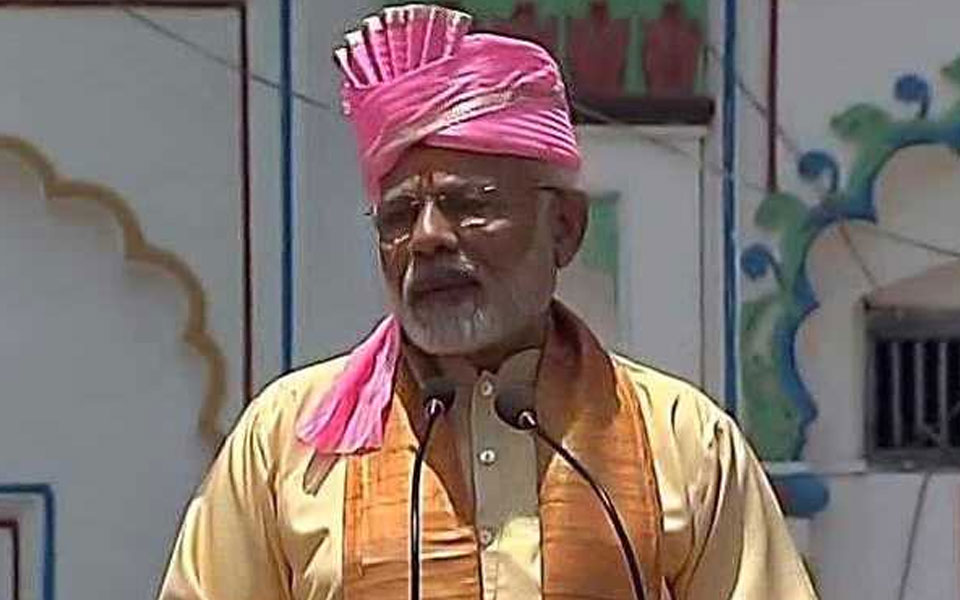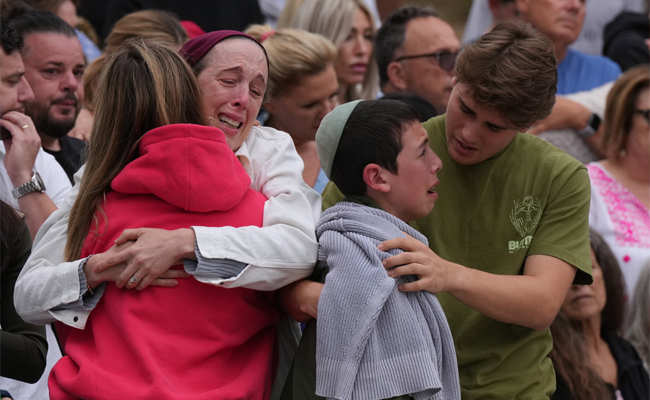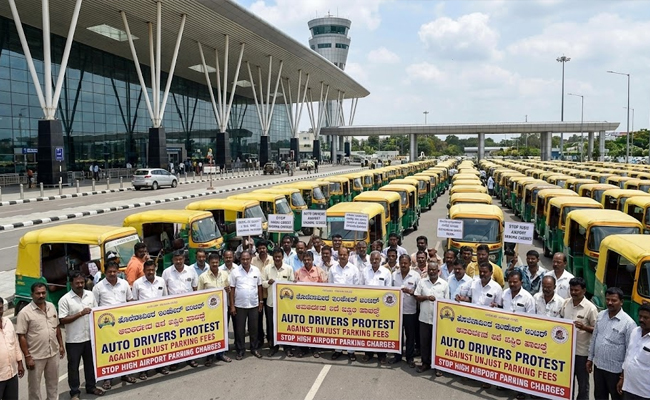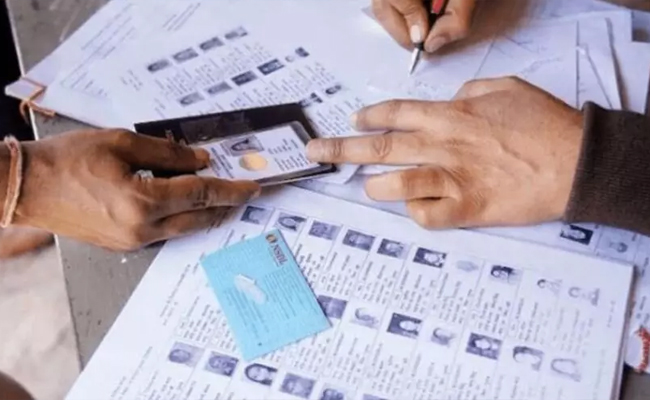Kathmandu, May 11 : Netizens of Nepal slammed Indian Prime Minister Narendra Modi, currently visiting the Himalayan nation, reminding him of the 2015 border blockade and asking him to apologize.
Hashtags like #BlockadeWasCrimeMrModi and #ModiNotWelcomed-InNepal were trending as the Indian leader kicked off his two-day Nepal visit on Friday.
Some users reminded Modi of the border blockade enforced by India when Nepal was still reeling from the aftermath of the 2015 earthquake.
Others demanded that Modi apologize for the 135-day blockade from September 2015 to February 2016 that crippled Nepal's economy and led to tensions between the two countries.
"Sorry, Mr Modi we haven't forgotten blockade. We are not welcoming you but it doesn't mean that we are anti-Indian. We are with Indian people but we condemn the Indian government act of blockade in Nepal," wrote user Shailesh M. Pokharel on Twitter.
Another, Binod Khanal, posted: "Mr Modi Nepali politician will welcome you in Nepal but, Nepalese people never!!"
Former EU ambassador to Nepal Rensje Teerink, now based in Bangladesh, weighed in on the debate by posting a picture showing a long queue of cars and motorcycles waiting for refuelling, with the caption: "These images are hard to forget."
A significant number of Twitteratis were equally critical of the Nepali government for its decision to bestow civic reception to the Indian leader and for giving "hasty makeover" to only those parts of the city where his motorcade was expected to pass.
Taking a dig at the government, user Bhim Atreya commented: "There is a fundamental difference between welcome and flattery. Flattery is insincere, unnatural and abnormal praise, not actually welcoming someone with pleasure in a natural manner. Unnatural circumstances created in the name of welcome. Damned!!"
However, there were many who defended Modi's visit.
"Prime Ministers of both the countries have come to power with thumping majority, so try to celebrate this visit and get the best out of it. Interest is always mutual big or small," wrote a Rohit Thapa.
Let the Truth be known. If you read VB and like VB, please be a VB Supporter and Help us deliver the Truth to one and all.
Melbourne (PTI): Three Indian students were among 40 people injured in the terrorist attack on Sydney's Bondi Beach in Australia, according to a media report on Tuesday.
Two out of these three students are believed to be receiving treatment in the hospital, The Australia Today news portal reported.
The names of the Indian students injured during Sunday's attack have not been disclosed yet.
ALSO READ: Affront to non-Hindi speaking people: Chidambaram slams use of Hindi words in bills' names
The Indian students sustained injuries during the shooting, and their exact condition has not been formally confirmed yet, it said.
Naveed Akram, 24, and his father, 50, opened fire on a gathering during the Jewish festival Hanukkah by the Sea celebration.
At least 15 people were killed in the attack, including a 10-year-old child. Five of the injured remain in critical condition, while two injured police officers are in serious but stable condition, it added.
New South Wales Police Commissioner Mal Lanyon said the investigation is expanding as new information emerges, including international travel by the alleged attackers and the discovery of extremist material, the report said.





